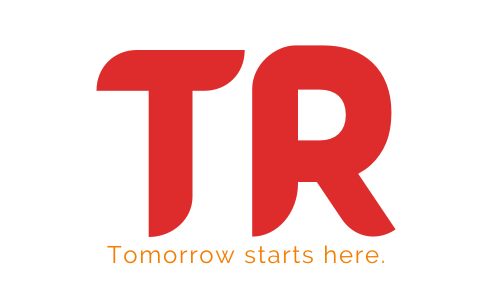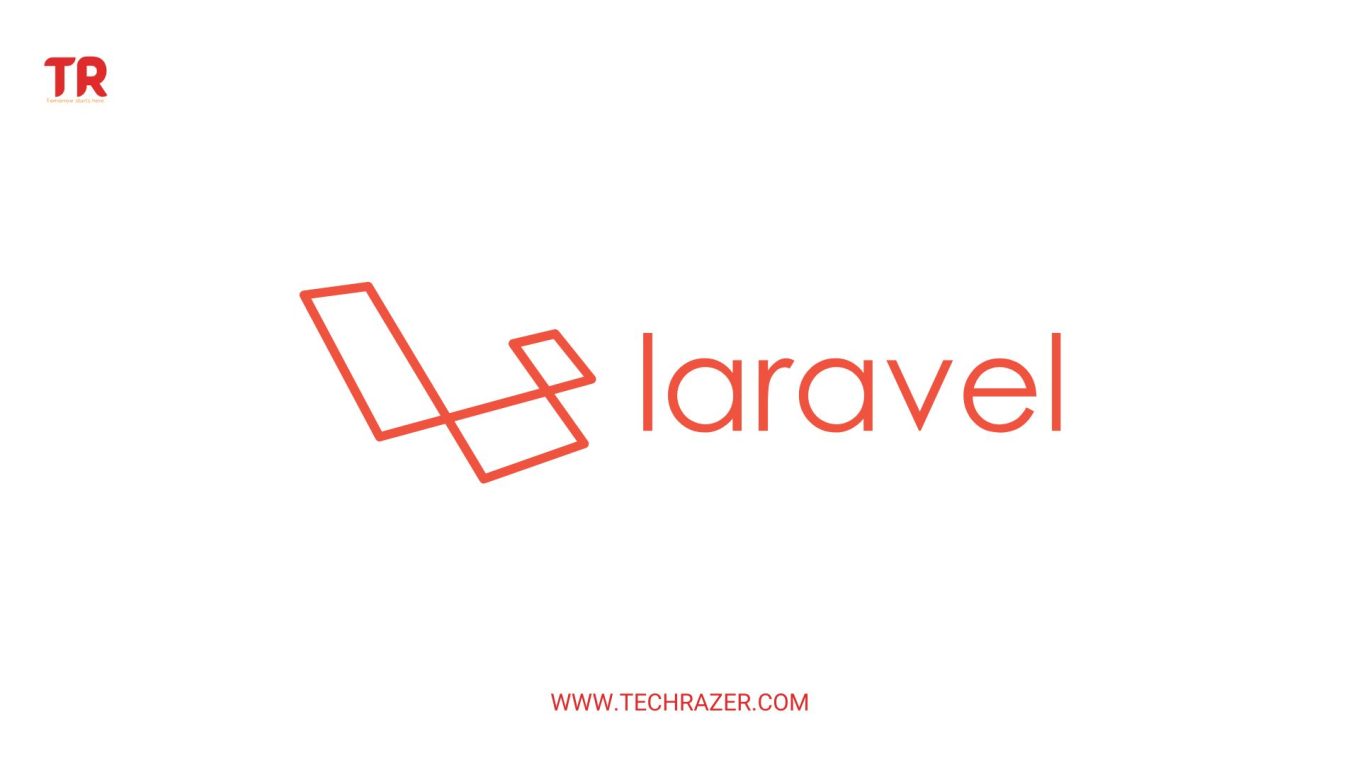What Is Laravel?
Table of Contents
- Introduction
- Advantages of Laravel
- Disadvantages of Laravel
- Features of Laravel
- How to Get Started with Laravel?
- Conclusion
Introduction
Laravel is an open–source PHP framework that provides a set of tools and resources to help developers create modern, robust web applications. It is a model–view–controller (MVC) framework, which makes it easier for developers to organize their code. Laravel is highly expressive, providing an elegant syntax that makes web development a joy. Built on top of the Symfony components, Laravel provides a complete set of functionalities to speed up the development process. From routing and authentication to caching and queues, Laravel offers a wide variety of features to help developers create powerful applications quickly. Additionally, Laravel can be easily extended with packages, allowing developers to quickly add new features to their applications.
Advantages of Laravel
- Easy to Use: Laravel is an extremely user–friendly framework that makes web development an enjoyable and creative experience. Its intuitive syntax is easy to read and understand, and developers can quickly build and maintain applications with minimal effort.
- Highly Secure: Laravel takes security seriously and provides several features to help keep your application safe. It includes authentication and authorization, encryption, password reset, and more.
- Scalable and Robust Architecture: Laravel is built on a robust and scalable architecture that provides developers with a foundation to build complex applications quickly and easily.
- Flexible Database Access: Laravel provides a flexible database access layer that allows developers to quickly build powerful applications without worrying about the underlying database technology.
- Comprehensive Documentation: Laravel comes with the comprehensive documentation that makes it easy for developers to get up to speed quickly. It also includes a large community of developers who are more than willing to help with any issues or questions.
- MVC Architecture: Laravel is based on the Model–View–Controller (MVC) architecture, which helps to keep the code organized and maintainable. This makes it easier to update and maintain applications over time.
Disadvantages of Laravel
- Learning Curve: Laravel is a powerful and feature–rich web application framework, but it has a steep learning curve. Developers need to spend a lot of time learning and understanding the framework before they can effectively use it.
- Performance Issues: Laravel is known to have performance issues when compared to frameworks such as Symfony or CodeIgniter. This is mainly due to the fact that Laravel relies heavily on the database when handling requests.
- Poor Documentation: The official documentation provided by Laravel is often incomplete and not very helpful. It is difficult to find the answers to specific questions.
- Security Issues: Laravel comes with some security vulnerabilities that need to be addressed. It is important to keep the framework updated and patched in order to ensure that any security issues are addressed.
- Less Support: While Laravel is a popular framework, there is less support available compared to other frameworks. This can make it difficult to find solutions to complex problems.
Features of Laravel
- Easy to Use: Laravel is easy to install and use, with simple and well–documented syntax and a large community of developers ready to help you tackle your programming problems.
- Database Migration: Laravel’s database migrations system allows you to easily and quickly modify and share the application’s database schema.
- Artisan: This command–line interface can help you create database structures, generate boilerplate code, and perform many other tasks that help speed up the development process.
- Inversion of Control (IoC): This powerful feature of Laravel allows you to manage class dependencies in a more organized manner.
- Eloquent ORM: This object–relational mapping system makes it easier to interact with the database and manage data.
- Blade Templating Engine: Laravel’s Blade templating engine allows you to easily create dynamic views with the help of its built–in template language.
- Security: Laravel helps you protect your application from various security threats with its built–in security features.
- RESTful Routing: Laravel’s routing system helps you easily define and handle routes for your application.
- Queues: This feature helps you to easily manage and process long–running tasks in the background.
- Event Handling: Laravel’s event handling system helps you to easily trigger events based on certain actions.
How to Get Started with Laravel?
Install Composer:
Before you can start using Laravel, you will first need to install Composer, a PHP package manager. To install Composer, visit https://getcomposer.org and download the installer.
Install Laravel:
Once you have installed Composer, you can install Laravel by running the following command in your terminal: composer create-project –prefer-dist laravel/laravel your-project-name
Configure Your Environment:
Once you have installed Laravel, you will need to configure the environment variables. You can do this by creating a .env file in the root of your project directory.
Serve Your Application:
Once you have configured your environment variables, you can serve your Laravel application by running the following command in your terminal: php artisan serve
This will start a development server at http://localhost:8000. Now you are ready to start building your application.
Conclusion
In conclusion, Laravel is a powerful and robust framework that is ideal for creating large and complex web applications. It is a great choice for developers looking for a modern, efficient, and reliable solution for their web development needs. With its robust features, Laravel is well–suited for developing complex web applications quickly and efficiently. With its versatile features and scalability, it is a great choice for those who want to build a fast, secure, and reliable web application.

